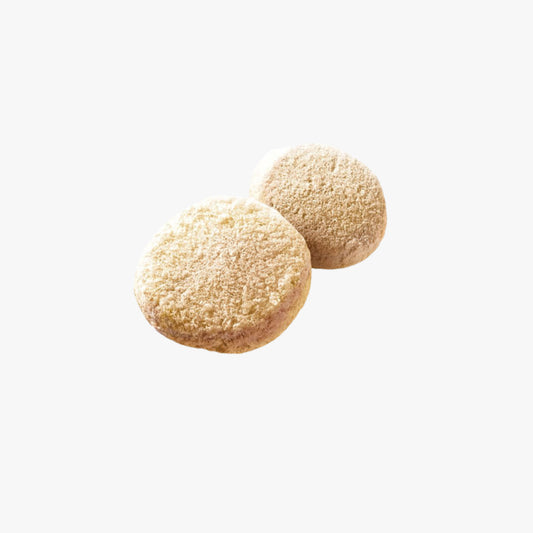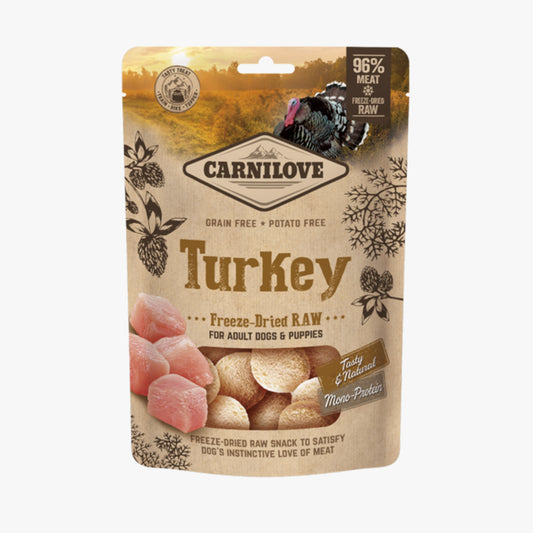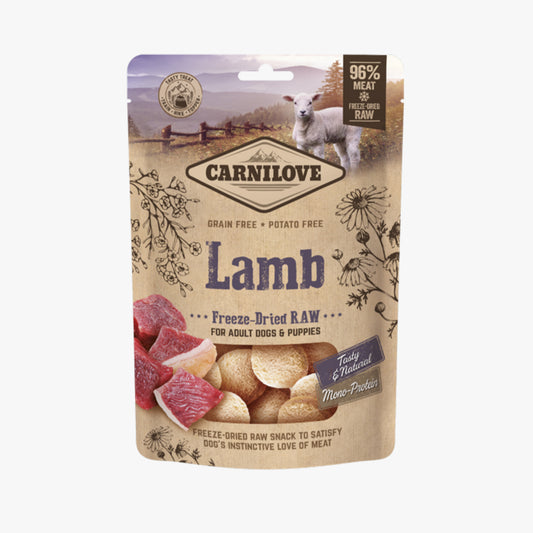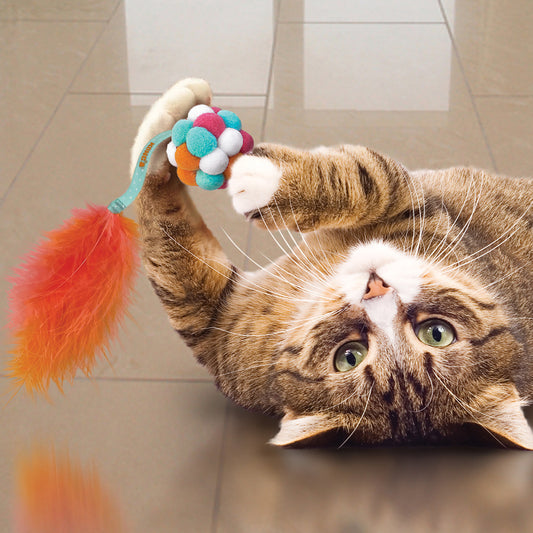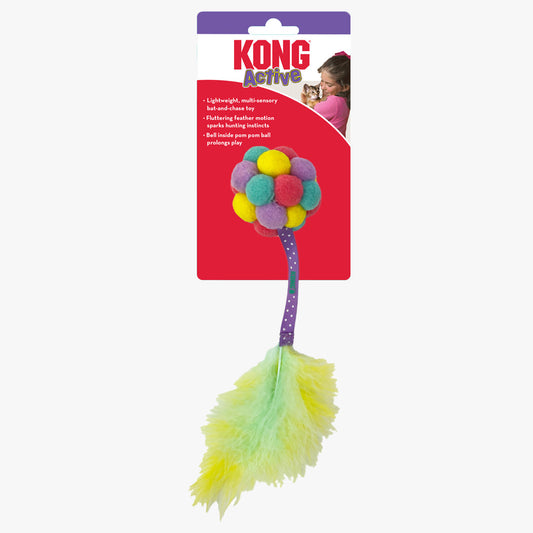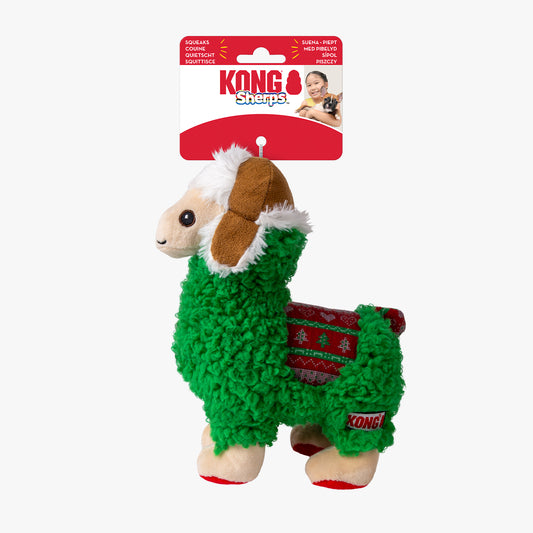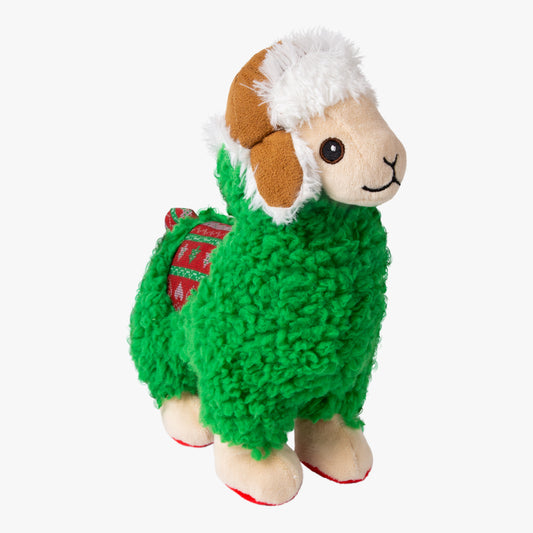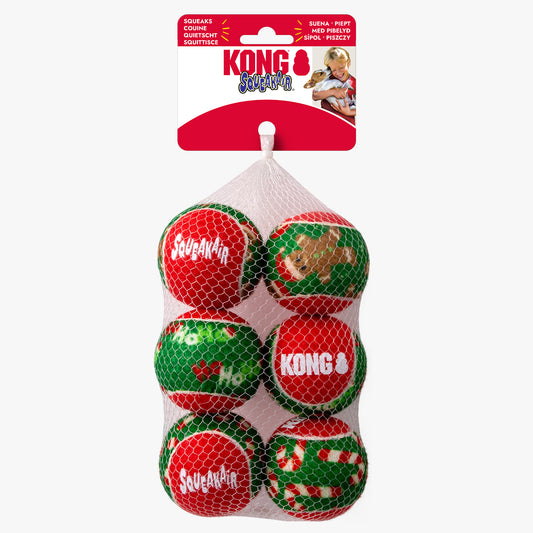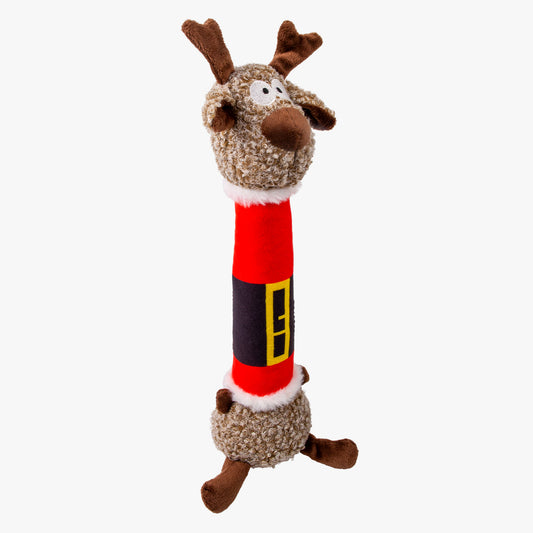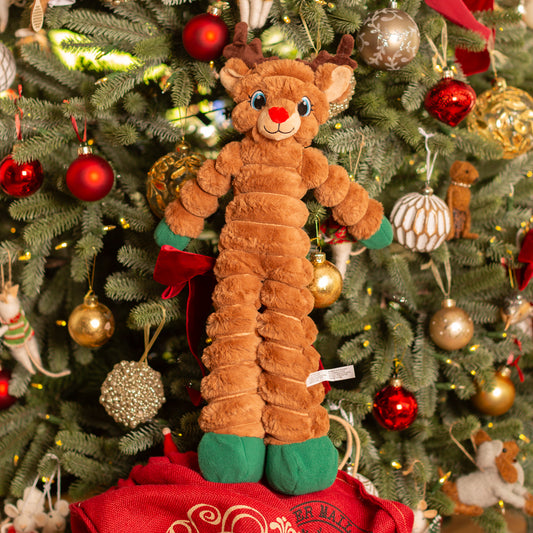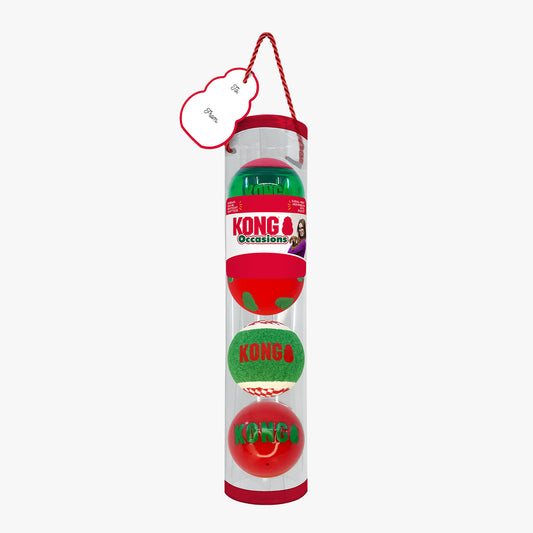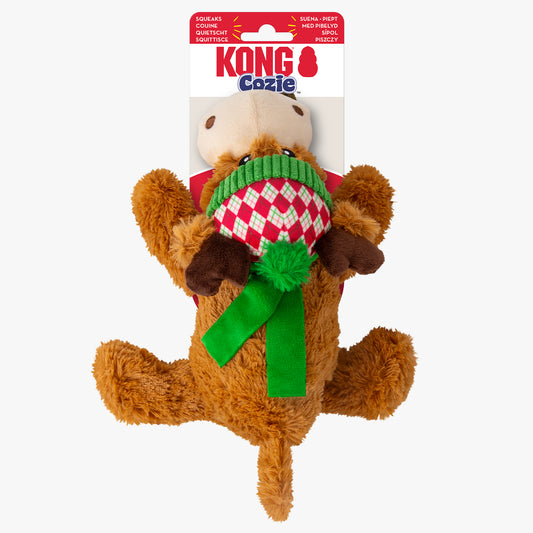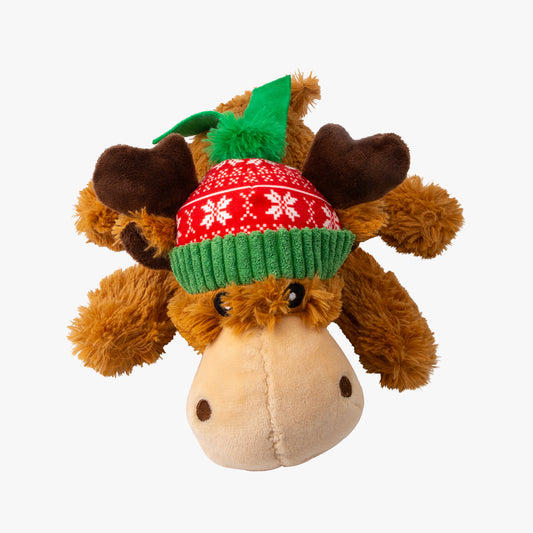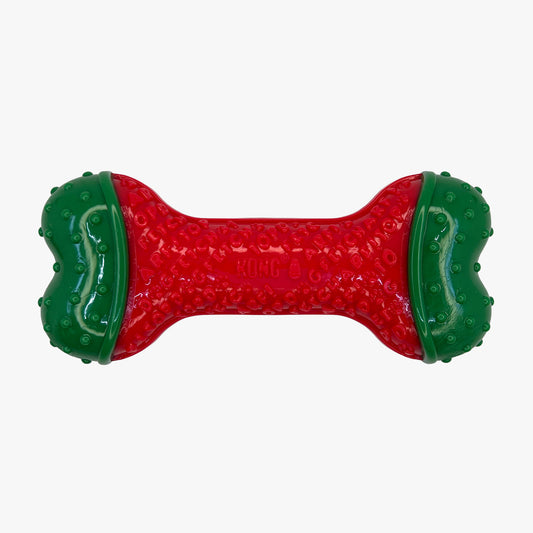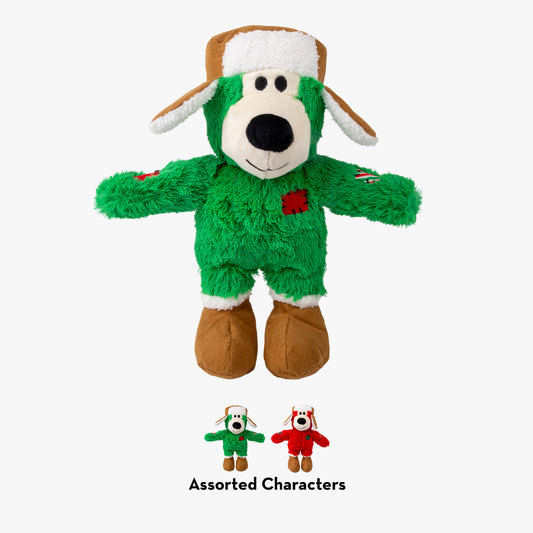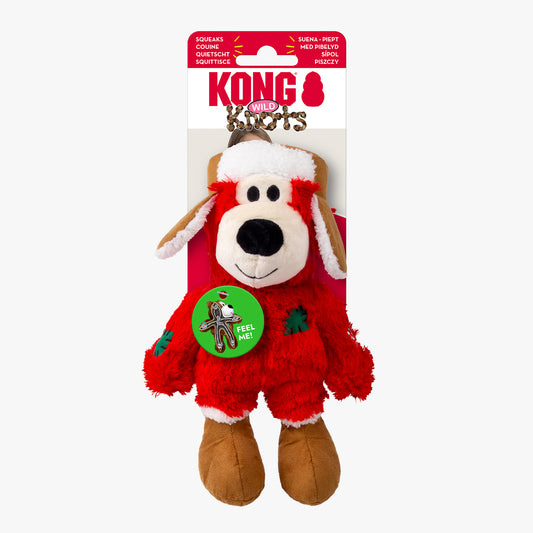There's no denying the irresistible charm of snuggling up with our dogs under the covers. The warmth they bring, the adorable cuddles, and those puppy dog eyes that beg us to share our sleeping sanctuary. But let's face it: a good night's rest is essential for both you and your pup, and sometimes, it's necessary to establish boundaries to ensure everyone gets their well-deserved beauty sleep.
So whether it’s wanting more space, them waking you up too early or the hair all over your clean sheets that’s led you to wanting your bed back, our Pet Experts have put together their top tips to help your strike a paw-sitive balance that ensures your furry friend feels loved and secure, while still allowing you to enjoy the undisturbed slumber you so deserve. In this blog we'll explore practical strategies, gentle training techniques, and cosy alternatives that will keep your dog snug and content, while you reclaim your bed as a haven for rest and rejuvenation.
Step 1: Get Your Dog The Perfect New Bed
You’ll want to start by getting your dog a new bed of their own. We recommend watching how they like to nap in the day, if the stretch out or curl up, to help decide what shape bed to treat your dog to. Dogs spend between 12 and 18 hours of their day asleep, so getting the right bed is crucial to helping this process go as smoothly as possible. Our pet experts have written a handy guide on how to choose the perfect dog bed, which is definitely worth a read before getting your pup a new bed. Remember, comfort is key – ensure their bed is soft, supportive, and the right size for them. Beds are our specialty, we design all of our beds here in our Lincolnshire workshop and our core collection is all handmade by our talented seamstresses to ensure your dog gets the best nights sleep possible.

Step 2: Find the Perfect Spot for Their New Bed
Selecting the right spot for your dog's new bed is crucial for their acceptance. First things first, designate a specific area in your home where your dog will sleep from now on. This area should be quiet, cosy, and away from high-traffic zones to minimise disturbances during the night. Ideally, choose a space that offers your dog a sense of security and belonging. Observe your dog's behaviour and determine their favourite sleeping spots. Place the bed there to increase the chances of them naturally gravitating towards it.

Step 3: Get Them to Form Positive Associations with Their New Bed
Dogs are more likely to embrace their new sleeping area if they associate it with positive experiences. Encourage them to explore and use their new bed by placing their favourite toys, treats, or even a familiar-scented blanket on it. This will create a positive association and make the bed a more appealing place to rest.
We recommend using positive reinforcement training to teach your dog the command ‘on your bed’. Start by giving them a treat and praise every time they go on their bed out of choice, if you’ve used clicker training with your pup in the past you can click every time they get in the bed as well to help reinforce that their bed is a positive space. Once they start going in their bed out of free will, you can begin to add the command ‘on your bed’ every time they go on their bed, soon your dog will learn what ‘on your bed’ means which will be helpful in the transition from them sleeping on your bed to sleeping on their bed. Top Tip: to avoid giving your dog too many treats, you can always try using some of their dry food allowance as a reward.

Step 4: Tire Them Out Before Bed
A well-exercised dog is more likely to sleep through the night in their designated area. Before bedtime, take your dog for a brisk walk or engage in some playtime to burn off excess energy. This will help them feel more relaxed and content when settling into their new bed. Enrichment activities are great for tiring your dog’s brain out, try a snuffle mat or a puzzle toy like the Nina Ottosson ones to help wear them out.

Step 5: Train the 'Off' Command
Teaching your dog the "off" command is essential if they are used to jumping onto your bed. Use positive reinforcement techniques to reward them for staying off your bed. Whenever they attempt to climb on, firmly say "off" and redirect them to their own bed using the “On Your Bed” command, providing treats and praise when they comply.

Step 6: Make Getting to Your Bed Difficult
To further discourage your dog from attempting to sleep on your bed, make it physically difficult for them to access it. You can use dog gates, close the bedroom door, or block the bed with large pillows or cushions. This physical barrier will reinforce the idea that their new sleeping area is the designated spot for them.

Step 7: Ignore the Whining and Be Consistent
When introducing the new sleeping arrangement, your dog might protest or whine initially. It's essential to remain firm and consistent during this transition period. Avoid giving in to their demands to sleep on your bed and ignore the whining. If you respond to their pleas, they may learn that whining leads to getting their way. Instead, reinforce positive behaviour by rewarding them when they choose to sleep in their own bed.
Conclusion:
Helping your dog transition to their own sleeping area can lead to better sleep for both of you and foster a sense of independence in your furry companion. By following these seven steps – creating the perfect sleep spot, making it inviting, using positive reinforcement, tiring them out before bedtime, teaching the 'off' command, creating obstacles to your bed, and staying consistent – you can successfully train your dog to sleep in their designated spot, creating a harmonious environment for everyone in your home. Remember to be patient and understanding during the process, as it might take some time for your dog to fully adjust to the change. Happy sleeping!


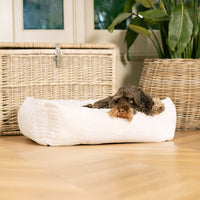

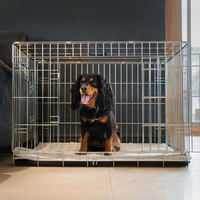
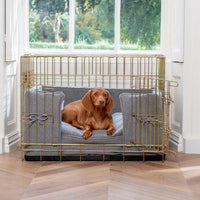
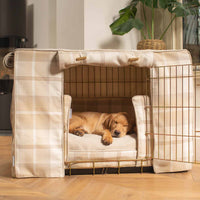
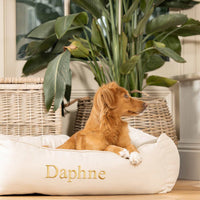
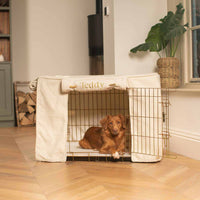
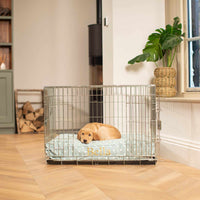

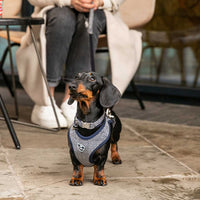
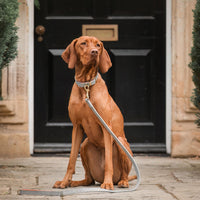


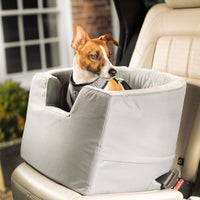


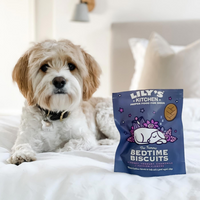


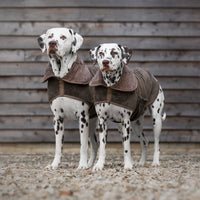

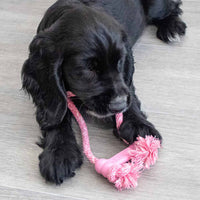






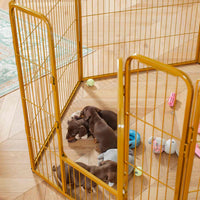
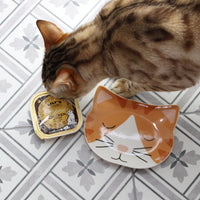
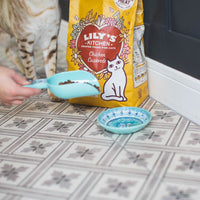
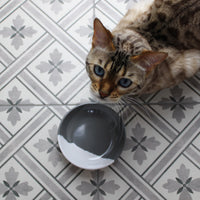
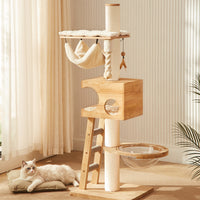




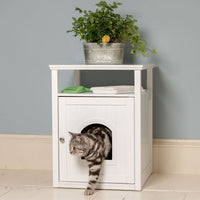
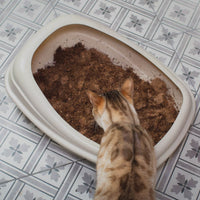
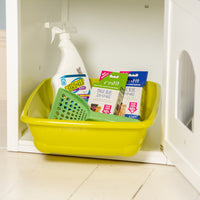
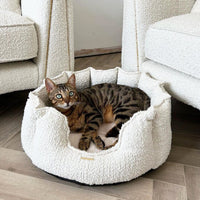
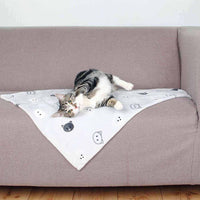
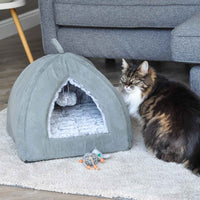







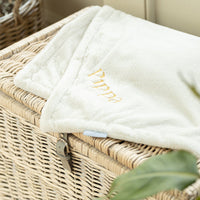
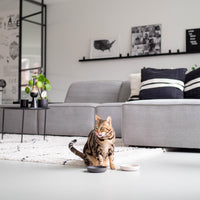
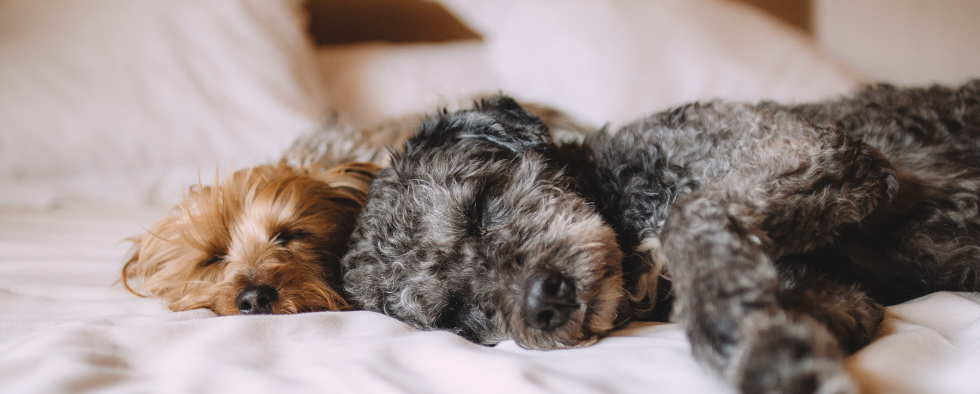

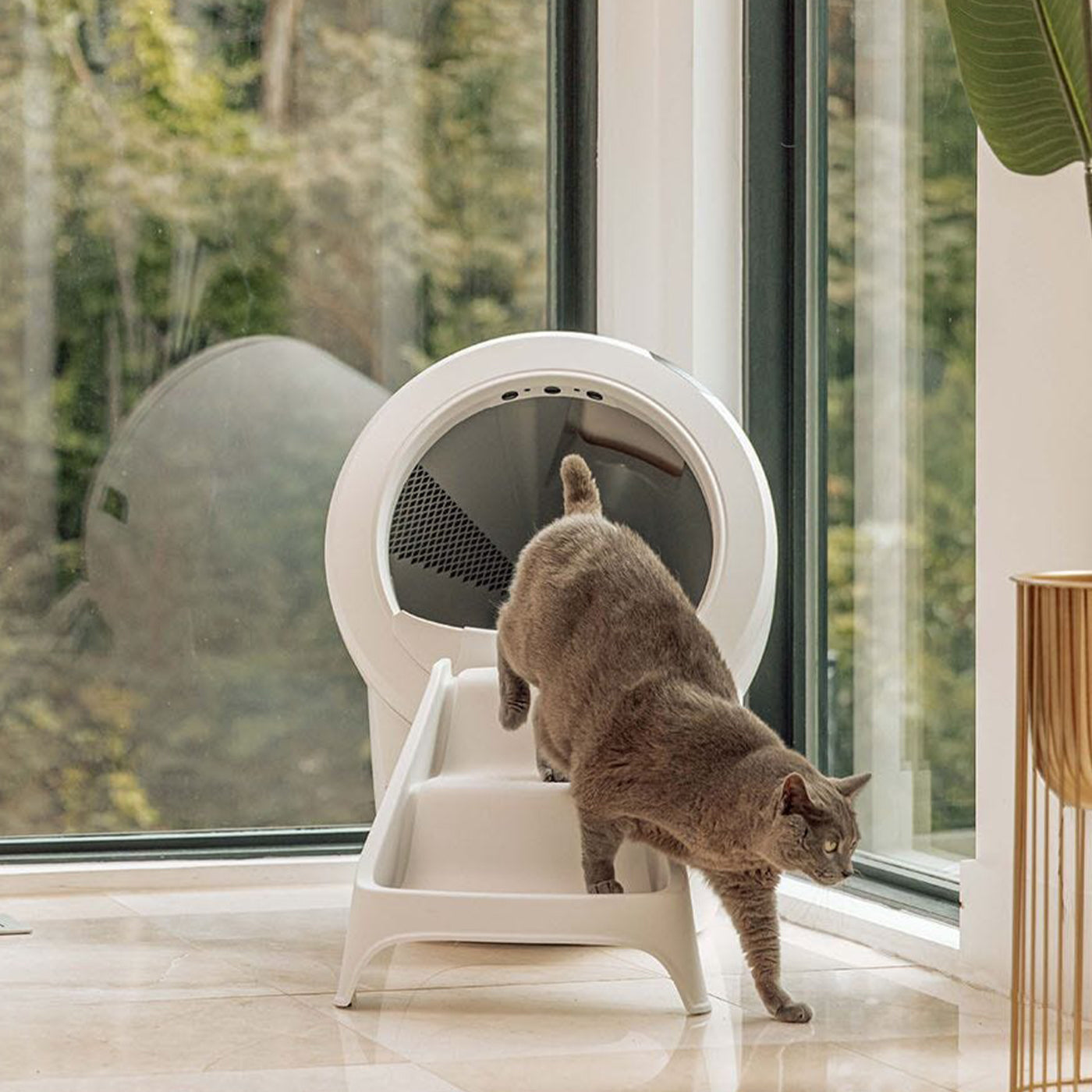


![[colour:savanna oatmeal] Discover Our Luxury Savanna Sofa Topper, The Perfect Pet sofa Accessory In Stunning Savanna Oatmeal! Available Now at Lords & Labradors](http://www.lordsandlabradors.co.uk/cdn/shop/products/lords-and-labradors-luxury-sofa-topper-oatmeal.jpg?v=1678784956&width=533)








